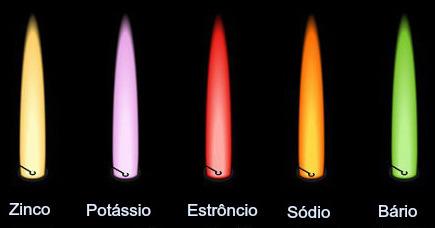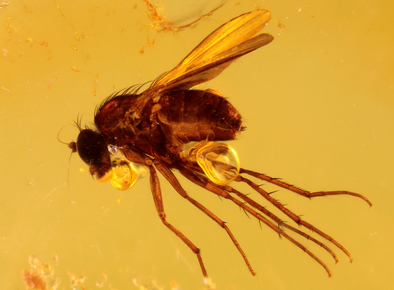You sea lions they are mammals belonging to Carnivora order and the Otariidae family, weighing up to a ton and reaching around 3.5 meters. These animals are very similar to seals, however, in sea lions, it is possible to observe small ears and, unlike seals, they move around in water and on land using their large flippers. pectorals.
There are seven different species of sea lions on our planet. Here in Brazil, especially in Rio Grande do Sul, we can find the southern sea lion (Otaria flavescens), which is dark in the dorsal region and golden in the chest. Despite being found in our country, southern sea lions do not breed here. It is believed that the specimens that live here were probably born in Uruguay.
The male and female of this species are quite different, the male being much larger, reaching up to 350 kg, while the female reaches about 144 kg. The male also stands out for the presence of a large amount of hair, which resembles a mane (See the photo below).
Southern sea lions live in groups, which can be made up of just one male or even several males and several females. Their diet varies according to the environment they are in, being able to feed on fish, molluscs and arthropods. They are found in the coastal region and are rarely seen in deep water. Some have been seen venturing into river regions.

In the breeding season, the male sea lion becomes aggressive
Male southern sea lions, in the breeding season, become violent, fight and make sounds to get a female. Each female has one offspring at a time and gestation lasts twelve months. Births normally take place in December, January and February, and the puppies are breastfed until they are approximately 10 months old.
O Conservation status of southern sea lions is considered of little concern, despite having already suffered a lot from predatory hunting. Currently, the biggest problem for this species is the trawling, which consists in placing a net that is pulled by a motor, taking everything in front of it. These animals die as a result of accidental capture and attacks suffered by fishermen, since sea lions often tear up the nets or eat the fish.
As natural predators of this species of sea lion, orcas and sharks stand out. In environments with little human action, the life expectancy of this species is 20 years.
By Ma. Vanessa dos Santos



